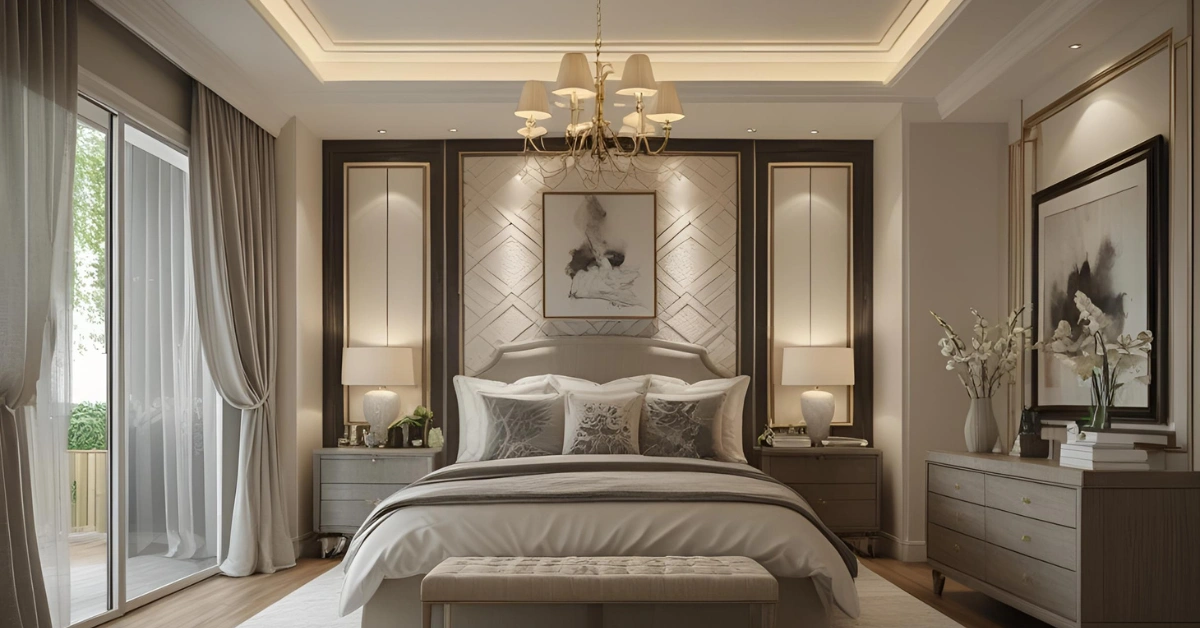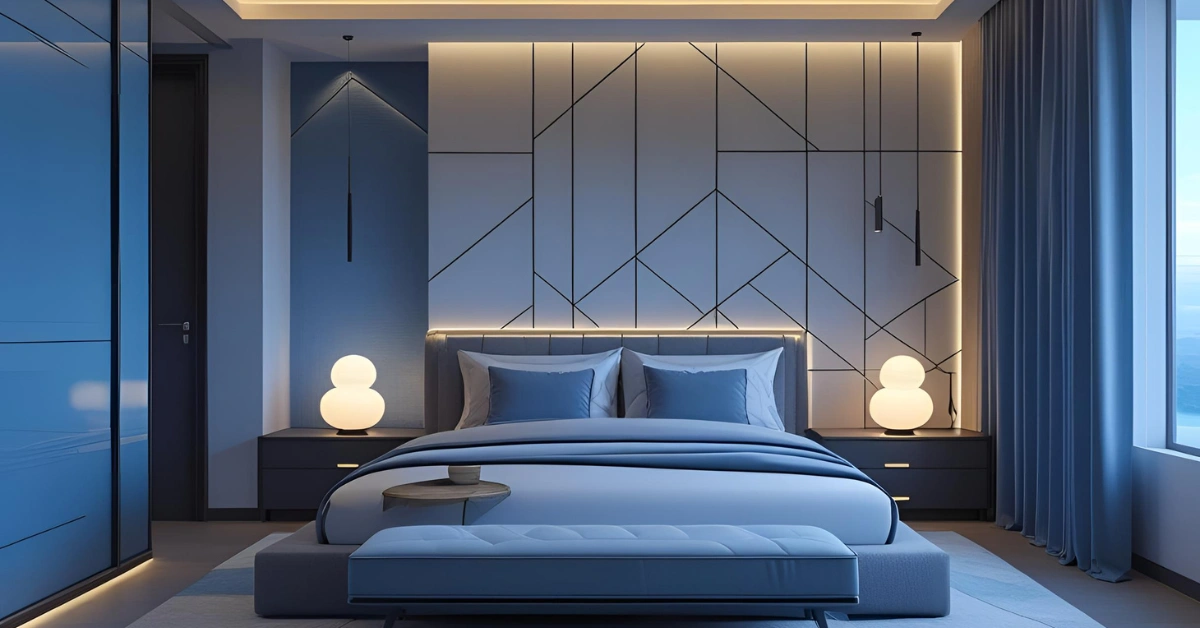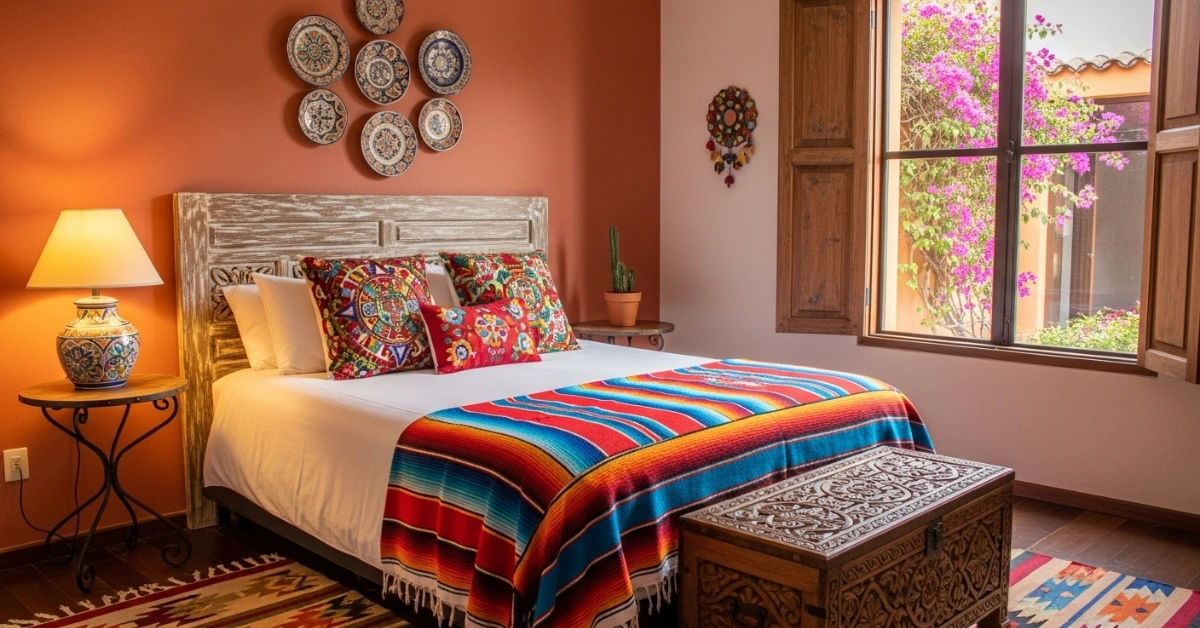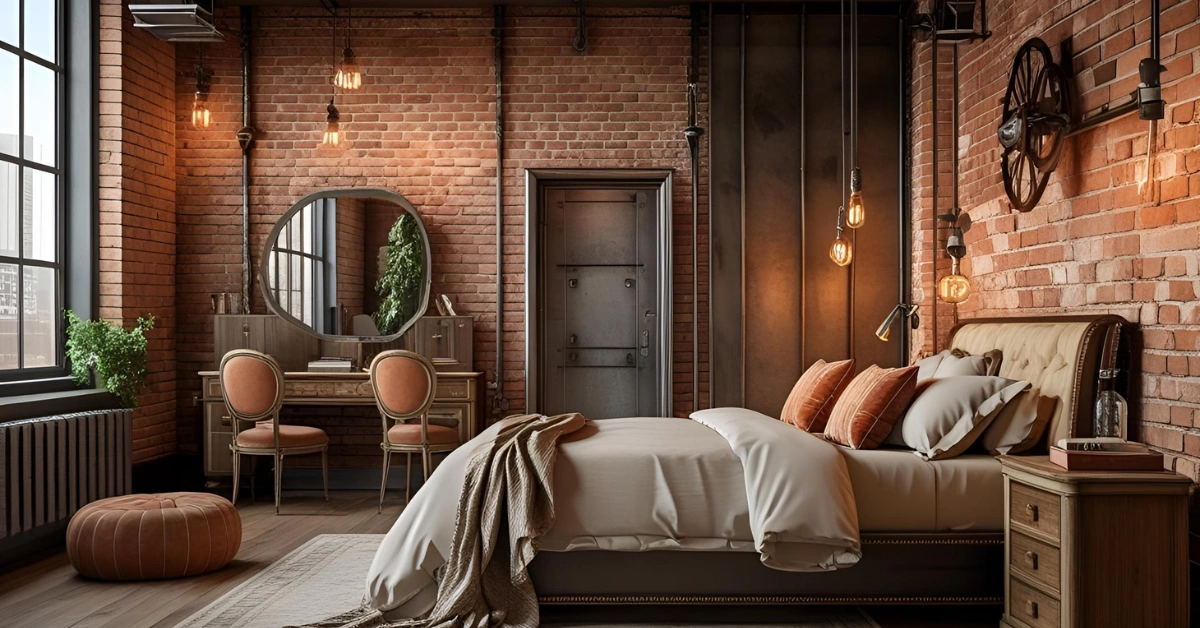36 Stunning 1970s Bedroom Designs That Still Inspire
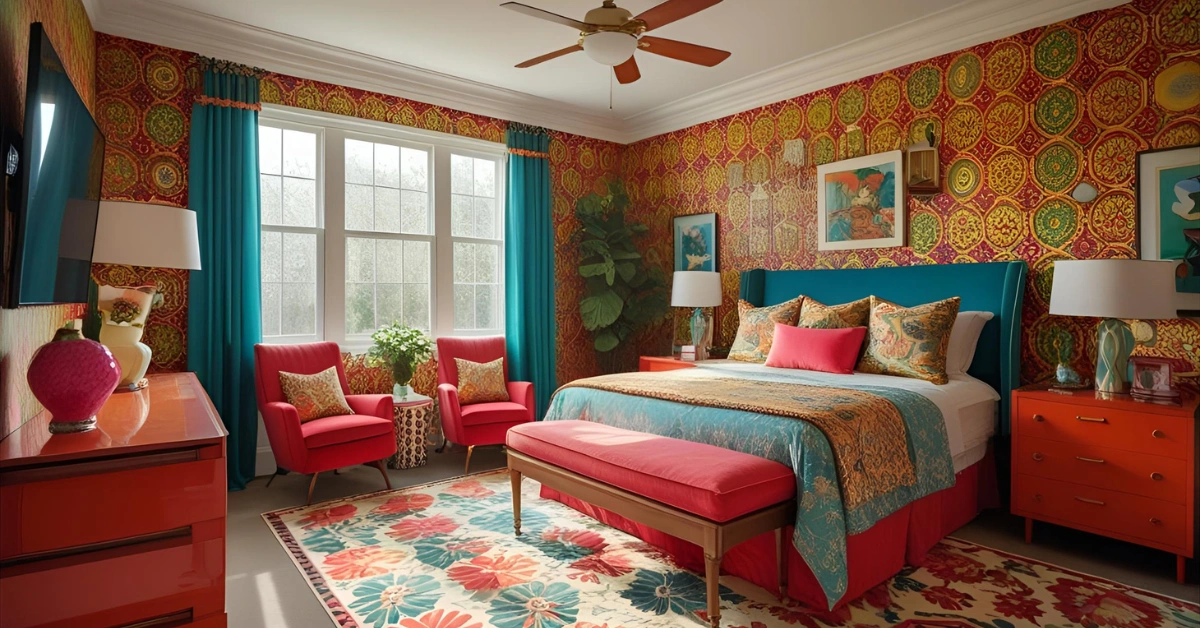
The 1970s were a defining era in the evolution of interior design. From bold color combinations to tactile fabrics and iconic furniture silhouettes, 1970s bedroom designs were as expressive as they were comfortable. Today, these designs are making a strong comeback, with homeowners seeking to infuse their spaces with the warmth, texture, and nostalgia of this unforgettable decade.
This in-depth guide will explore the key elements of 1970s bedroom designs aesthetics and provide detailed insights into how to recreate the retro magic while maintaining a modern sensibility.

What Defines 1970s Bedroom Designs?
The hallmark of 1970s bedroom designs is its fusion of comfort, creativity, and bold personality. Unlike the minimalist and sterile styles that followed in later decades, 1970s interiors were layered, earthy, and human-centered.

Key Characteristics:
- Eclectic Styling: The 1970s embraced a wide range of styles, blending bohemian elements, modernist clean lines, and global influences. It wasn’t uncommon to see a Moroccan lamp beside a mid-century teak dresser or a Japanese-style platform bed layered with Native American textiles.
- Natural Elements: Wood paneling, exposed beams, and stone walls were celebrated. Bedrooms often included live-edge wood furniture, terra cotta pots, and wool or cotton bedding.
- Low-Profile Furniture: Inspired by Eastern design and mid-century modern aesthetics, furniture was often low and wide, helping create a grounded, serene atmosphere ideal for relaxation.
- Maximalism with Purpose: While not as chaotic as later maximalist trends, the 1970s still encouraged full expression through art, books, textiles, and collected items. Spaces felt personal, not generic.
- Personal Expression: Whether through band posters, hand-woven art, or curated book stacks, bedrooms reflected identity. Even lighting and plants were chosen for meaning, not just function.
Color Palettes That Dominated the 1970s bedroom designs
The earthy, rich tones of 1970s bedrooms made them feel warm and enveloping. These palettes were a response to the neutral and monochrome styles of earlier decades.

Popular Color Combinations:
- Avocado Green & Harvest Gold: Used on everything from bedsheets to wardrobes.
- Burnt Orange & Chocolate Brown: Perfect for creating visual warmth in cooler climates.
- Mustard Yellow & Deep Plum: Used in retro-style floral prints and dramatic bedding.
- Olive Green & Beige: A subtle combination for walls and curtains.
- Turquoise & Brown: Often found in Southwestern-style bedrooms, ideal for accessories.
Color in Accessories:
- Lampshades were often mustard or amber.
- Bedspreads came in patchwork designs with burnt red and forest green.
- Curtains and upholstery frequently displayed floral patterns with three or more complementary colors.
Practical Tip: Use wall colors to anchor the space and balance brighter textiles or wall art.
Popular Furniture Styles of the 1970s
1970s bedroom furniture leaned into comfort and visual softness. Hard lines softened with rounded corners or circular designs. Function met creativity in pieces that could double up for storage, relaxation, or display.

Iconic Furniture Types:
- Platform Beds: Usually minimal in shape but dramatic in size or materials.
- Hanging Chairs: Often made of rattan or acrylic, suspended from the ceiling.
- Folding Room Dividers: With funky prints, used for privacy or visual zoning.
- Rolling Storage Units: With plastic or wooden drawers, practical for makeup or vinyl.
- Low Dressers and Side Tables: Focused on horizontal lines.
Material Trends:
- Furniture was sometimes covered with vinyl or leatherette.
- DIY pieces built from repurposed crates or barnwood were popular in rural homes.
- Upholstered headboards in velvet or suede gave beds a plush, cozy appeal.
Textures and Materials in ’70s Bedrooms
1970s bedrooms were multisensory. You didn’t just see the design—you experienced it through touch.

Additional Textures:
- Bamboo Blinds: These offered a textured alternative to fabric curtains.
- Patchwork Quilts: Often handmade or thrifted.
- Handwoven Throws: In tribal patterns or wool stripes.
- Burlap Accents: Used in lamp shades or as wall backdrops.
Texture Layering Ideas: Layer a shag rug on a wooden floor, add velvet cushions on a corduroy bedspread, and drape a macramé hanging near a stone or cork wall.
Patterns and Prints: Bold, Psychedelic, and Groovy
Patterns defined the ’70s—big, unapologetic, and full of attitude. Bedrooms featured prints that often matched across the walls, curtains, and bedding.
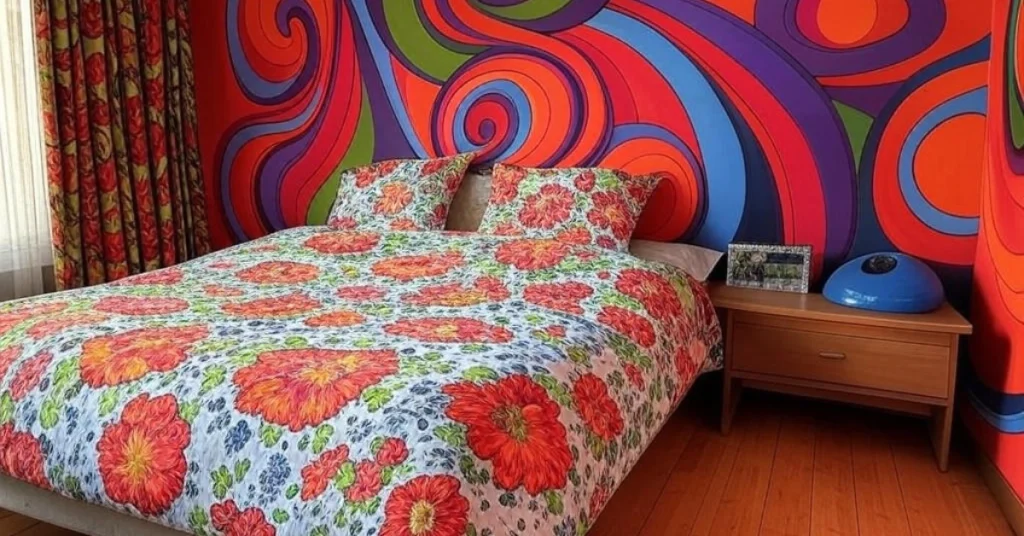
Advanced Pattern Tips:
- Choose one hero print (such as a psychedelic mural) and support it with smaller-scale geometric or floral accents.
- Use tie-dye or batik as DIY art.
- Mix bold wallpaper with simpler solid-toned furnishings.
Lighting in 1970s Bedrooms
Mood lighting ruled the decade. Lamps and lighting fixtures often doubled as art.

Additional Lighting Styles:
- Mushroom Lamps: Short, rounded table lamps with milky domes.
- Track Lighting: Ideal for showcasing artwork or focusing on reading areas.
- Sculptural Table Lamps: With ceramic bases shaped like animals, abstract shapes, or fruits.
Mood Tips: Use dimmers or amber bulbs to recreate that soft, warm ambiance. Add light filters or colored lampshades for subtle hue shifts.
Décor Elements That Define the Era
Décor extended to ceiling treatments, layered rugs, and unconventional wall art.

Deep Dive Décor Ideas:
- Ceiling Mobiles: Handmade from wood or wire.
- Layered Rugs: A smaller sheepskin on top of a large jute rug.
- Text Art: Quotes and poetry printed on canvas.
- DIY Mirror Art: Circular mirrors grouped as clusters.
Tips to Recreate a 1970s Bedroom Today
To make your 1970s-inspired bedroom feel authentic yet livable:

- Start With a Focal Point: A bold wallpapered wall, vintage headboard, or graphic bedspread.
- Balance Old and New: Pair a vintage dresser with a modern mattress or ergonomic chair.
- Thrift Strategically: Look for items that need only minimal restoration.
- Keep It Functional: Retro doesn’t mean impractical. Make sure storage and lighting work for your lifestyle.
- Use Scent: Incense, patchouli, or sandalwood scents add a layer of immersion.
Modern Twists on Retro Style
Blend new tech with retro visuals:

- Hide wireless chargers inside retro alarm clocks.
- Use smart lighting with amber filters.
- Reprint retro posters in modern formats.
Layer Retro into Minimalism: A 1970s wall art piece in an otherwise clean room brings instant nostalgia without overwhelming the space.
Mistakes to Avoid When Designing a 70s-Inspired Bedroom

- Imitating a Theme Park: Aim for authenticity, not costume.
- Ignoring Room Size: Large prints in small spaces can overwhelm.
- Too Many Dark Colors: Use cream, beige, or white to balance strong tones.
- Neglecting Modern Needs: Ensure outlets, tech access, and comfort are still up to date.
- Overlooking Maintenance: Choose materials that are durable and easy to clean.
Quotes & Expert Tips from Interior Designers
“Layering textures is key to mastering 1970s style. You want a room that invites touch, not just admiration.”
— Rachel Vaughn, Lead Designer at Retro Revival Interiors
“Don’t underestimate the power of lighting. A warm glow can transform a basic bedroom into a dreamy retro escape.”
— Harold Kim, Lighting Consultant
“When reviving a vintage space, let it tell your story. Choose colors, patterns, and objects that speak to you personally.”
— Melissa Tran, Home Décor Specialist
Conclusion
1970s bedroom designs are more than just a trend—they’re a celebration of comfort, creativity, and character. Whether you want to recreate the full retro look or just bring in a few nostalgic touches, this style offers endless ways to make your space feel soulful and inviting. With the right mix of colors, textures, patterns, and personal details, your bedroom can channel the groovy essence of the ’70s while still feeling fresh and modern.
Inspired to design your own 1970s-style bedroom? Explore our blog for product recommendations, DIY tutorials, and more retro design ideas. Share your groovy space with us—we’d love to see how you bring the ’70s back in style!

